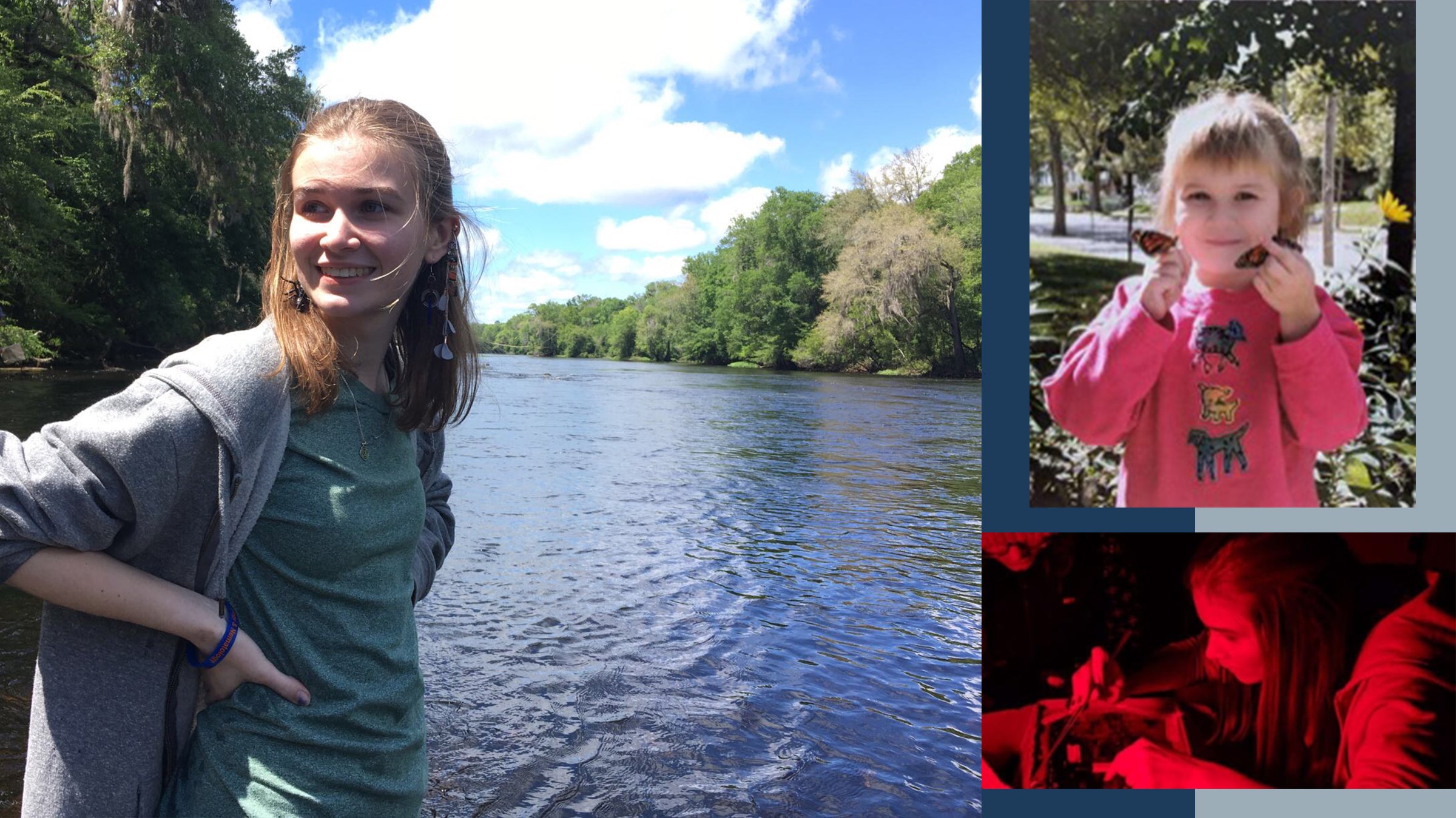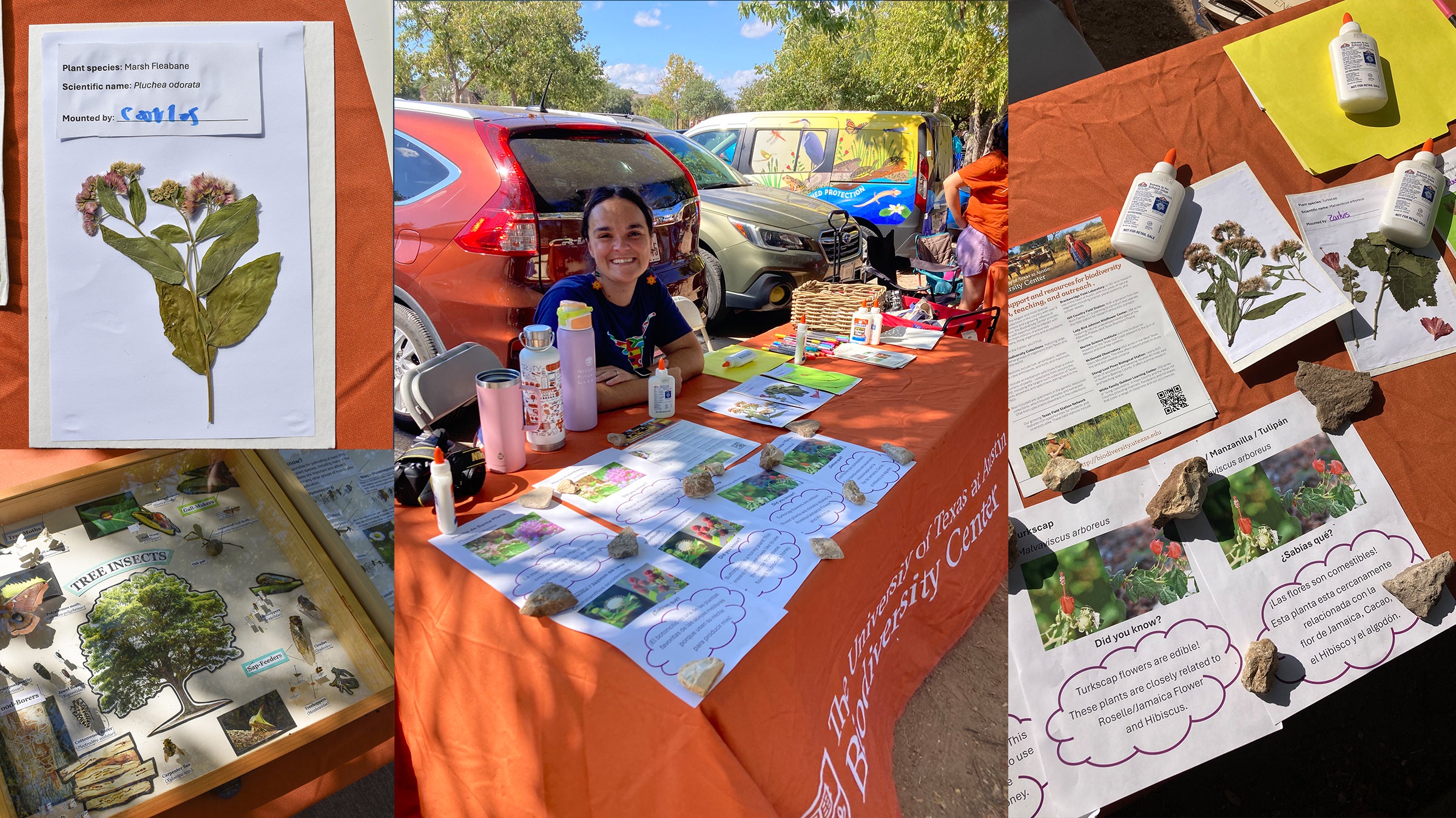
I went to UC Berkeley for college, where I completed an honors thesis in the lab of Leslea Hlusko under the direct supervision of then-graduate-student Tesla Monson (now an assistant professor at Western Washington University). I studied a bizarre family of Neotropical monkeys—Callitrichidae. Callitrichids have evolved small body sizes, and unlike other primates, often give birth to twins and lack third molars (what we call “wisdom teeth” in humans). I fondly remember taking the train from Berkeley to San Francisco to visit the mammalogy collection at the California Academy of Sciences and measure hundreds of monkey teeth and skulls. The takeaway was that tooth row length in callitrichids decreased over evolutionary time more than would be predicted by their reduction in body size. Colleagues and I proposed a possible connection between this and the other unusual characteristics, all likely underlain by delayed prenatal growth rates. Slower prenatal growth likely occurred due to natural selection for smaller body size. Indeed, callitrichids are jungle monkeys, and animals (including human populations) that evolve in the jungle are often smaller, which facilitates nimble predator escape through dense flora.
Before graduate school, I spent three years researching Neotropical birds at Chicago’s Field Museum of Natural History in Shannon Hackett’s lab, under the direct supervision of staff scientist Dylan Maddox. The lab was surrounded by see-through glass that makes it visible to the public, so I had long been aware of it and had wanted to know what the scientists inside did. The main project was on a captive-reared population of keel-billed toucans imported from Panama. I found that the more useful genetic markers for determining sibship and paternity among individuals were those specifically developed for the species, rather than those developed using highly conserved genomic regions across birds.


Jeff collecting stomach, skin, and leaflitter samples from a population of an inconspicuous poison-frog—Silverstoneia flotator—at a field site near Pipeline Road in Gamboa, Panama in August of 2022. PC: Luke Larter
What got you interested in studying tropical ecosystems?
When was 12, I read an article about Field Museum field biologist Steve Goodman, whose travels to the tropics enabled him to discover new species, implement conservation measures, and mentor scientists from developing countries. I fantasized about doing the same. But it was an independent research program in Costa Rica during my junior year of college that confirmed a love for the Neotropics. Here, I studied the dietary ecology of a large fruit-eating bird species (the black guan). I discovered that guans’ digestion of fruits caused seeds to break and pulp to come off, which, contrary to expectation, did not enhance seed germination capacity post-defecation. However, there was high inter-locality variation in the plant species the guans consume, potentially enabling the plants to expand their ranges. The research was initially trying, because it relied on fecal samples that took me weeks to start successfully locating. I also initially wanted to do a comparative study using another large bird species (gray-headed chachalacas), but these birds hid well, and I could not collect their feces. The project materialized despite the hurdles, however, and even earned me a research prize.
Can you explain a bit how you use the various scientific tools in your research?
Sure. In David Cannatella’s lab, I am carrying out my Stengl-Wyer research incorporating both lab and field work to ask why a poison-frog genus from Ecuador (Epipedobates) is so variable in chemical defense levels. Epipedobates, like other poison frogs (family Dendrobatidae), does not make its own toxins, instead sequestering the compounds from a diet of arthropods (mostly ants and mites). Conspicuously colored Epipedobates species are well-defended, having high skin-toxin amounts, whereas dull-colored ones have low amounts. The question is if this variation is genetic (sequestration ability), behavioral (feeding preferences), or environmental (arthropods present). To test the contribution of genetics, I feed conspicuous and dull-colored species the same amount of a toxin, and use chemical techniques to determine if the amount the two species types sequester into their skin differs. I also use genomic tools to ask whether the conspicuous species overexpress sequestration-related genes. I study if toxin ingestion is physiologically easier for conspicuous species since they have evolved to sequester more toxins, using behavioral assays to compare energy levels and whole-organism performance between the species types. In other words, my students and I jump the frogs around a swimming pool until the animals tire themselves out. Another tool is morphological identification and chemical analysis of arthropods; collaborators and I sample bugs from frog stomachs and jungle leaflitter to determine if conspicuous species choose to eat (behavior) or have available (environment) more toxic arthropods.
Does Texas present a unique situation, challenge or benefit for your research?
Texas presents enormous benefits. One is that it is home to members of a frog family closely related to Dendrobatidae (Eleutherodactylidae). I field-collect a Texas-native eleutherodactylid, which I include in lab experiments as a phylogenetic outgroup (somewhat of a control). The species tolerates but does not sequester the ingested toxin.
How will being a Stengl-Wyer Fellow help advance your work?
The fellowship has given me time I would otherwise spend on a teaching or research assistantship to develop ideas, experiments, and methodological skills. One example are lab experiments, which take all day. Each experimental round lasts 10 days. The fellowships permits my running through enough rounds (and thus frogs) to reach a statistically adequate sample size. The fellowship also enables fieldwork in Ecuador.

Where do you see your research agenda heading after UT?
The dream is have a research program broadly interrogating the chemistry and genomics of Neotropical animals, mostly poison frogs. A focus will hopefully be the poison-frog genus Phyllobates, which includes one of the most poisonous creatures on Earth—the golden poison frog (Phyllobates terribilis) of Colombia. The remarkable toxicity of this and other Phyllobates species is explained by one of the most deadly toxins known to science—batrachotoxin (BTX). However, we have not verified the ultimate (likely arthropod) source of BTX, nor do we understand why BTX is present in Phyllobates but absent in other dendrobatid genera—even ones living alongside Phyllobates. Three possible explanations are that (1) Phyllobates have evolved a unique ability to sequester BTX; (2) Phyllobates have evolved feeding preferences for the arthropod from which the frogs source BTX; (3) Phyllobates exploit microhabitats wherein the BTX-bearing arthropod species is abundant—thus, other dendrobatids encounter the BTX-bearing arthropod too infrequently to accumulate BTX levels detectable with current technology. I would use the techniques I am learning as a Stengl-Wyer Fellow to identify the BTX source, then tease apart the three explanations. Using populations of the six Phyllobates species plus a single dendrobatid species that co-occurs with each, I would conduct lab experiments (feeding-preference-behavior assays with BTX-dusted fruit flies versus controls, sequestration-quantification chemical assays) and fieldwork (leaflitter, frog skin, and stomach sampling).




